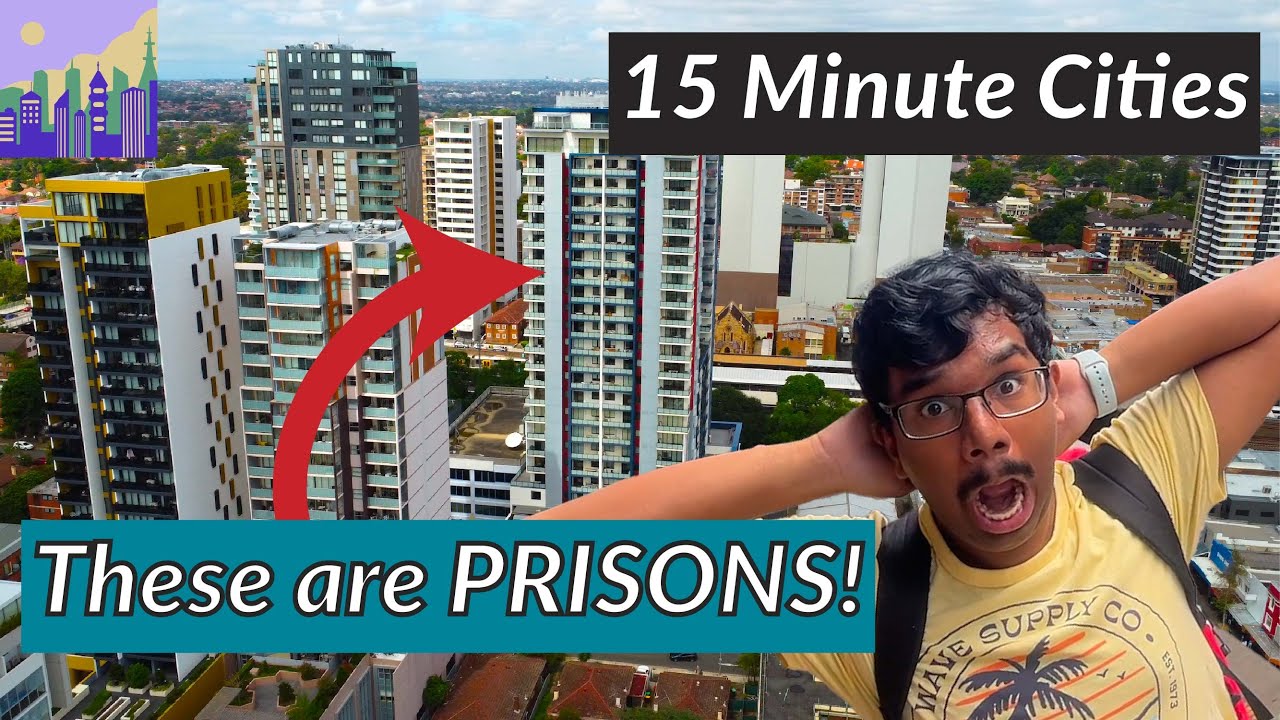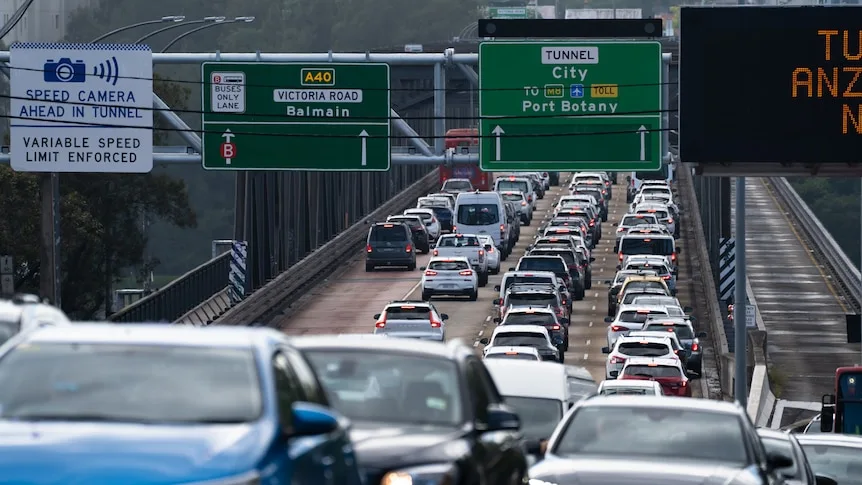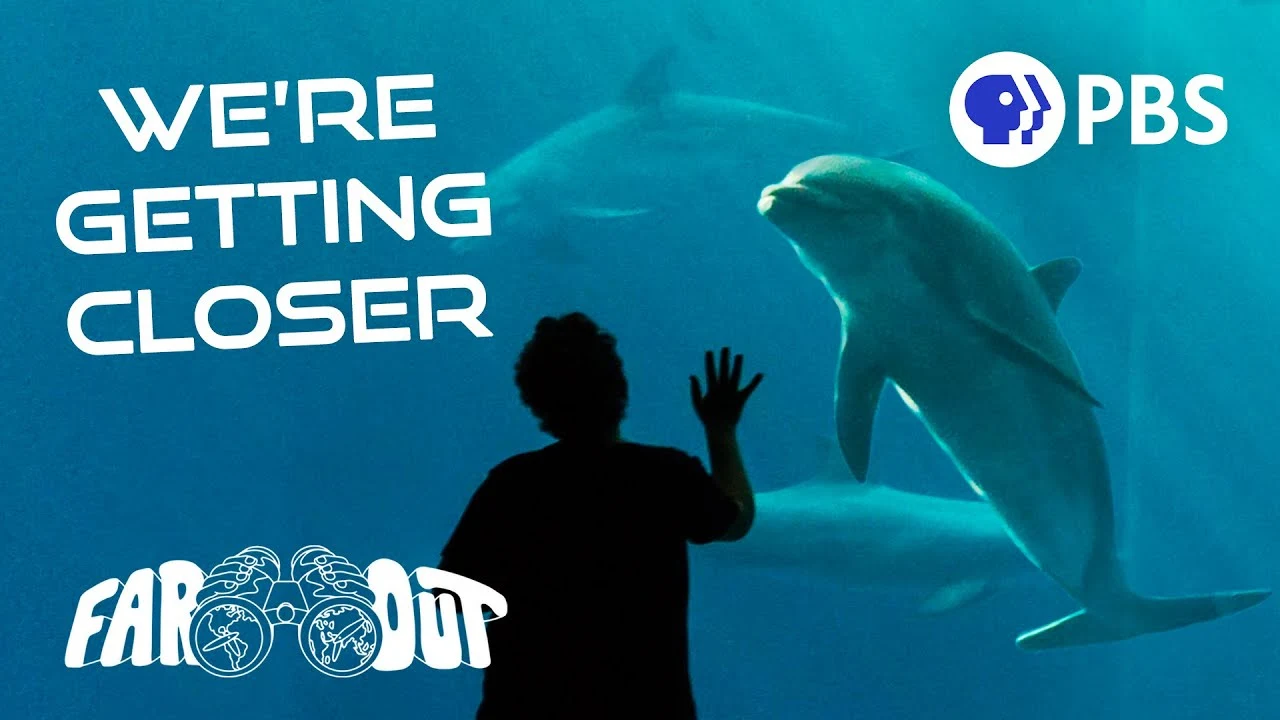but you expanded the example with food availability
No, the example is always about “moving the problem elsewhere” which is the essence of colonialism, so when coming up with a neat solution, one must always ask “is there a problem I’m moving elsewhere?”. The food needs to be grown somewhere. The land is effectively in permanent use by your stomach. You can’t pretend it doesn’t exist just because it’s somewhere else.
Are you advocating that houses would be better for farming and animal rearing given the lesser land availability?
I’m saying apartments do not solve a problem here. Villages have collections of small houses and then some farms. Some of those houses are a bit further out, and some are in a cluster. That’s required because of the different job roles of the individuals in that society. Perhaps we should design with respect to those different job roles and optimise for internalities, bringing our lifestyle in line with our usage.
that septic tank would need to be routinely emptied somewhere
You can use it in biofuels and treat it with nature, then turn it into fertiliser. It is a resource. See how that internalises the usage? You are taking the big loops of “I need big government to solve this problem” into a “my community or family can solve this problem?”
would it be inconceivable for the much greater surrounding land to be co-opted for farming and animals?
That’s not how it works. It ends up being a wash due to just how much land is used for farming vs just living. I’m not arguing for McMansions here. I’m arguing for single storied, sometimes detached housing in a “community configuration”. Shared gardens and farms, and a mix of earthships and townhouse style developments. Keep the sustainable “loops” small.
Because land in villages is typically owned by several different families who are unwilling to share it
Even pre-capitalist and non-capitalist communities have a village like structure. Even nomadic tribes have a village like structure. They know how to share. We don’t need multiple stories.
Overall, the problem with advocating for higher density is often a statement of denial, similar to the “zero waste” people. Pretending that you are only using the space you sleep in and discounting all the space you use for food, and treating your problems as “waste” which is just thrown away and forgotten or left to some big government to deal with. This is the opposite of Solarpunk.

























It’s a pretty tepid way of thinking about the issue to be honest. In a strategic sense, basically any move Microsoft is forced to make for actual (rather than apparent) security makes it harder for them to do things in a way which creates lock-in. Yes, they will use it to push for DRM, as another commenter noted, but that’s another apparent security solution. In the long term, this is a positive, but it’s not an immediate and direct benefit, as the blog post notes.